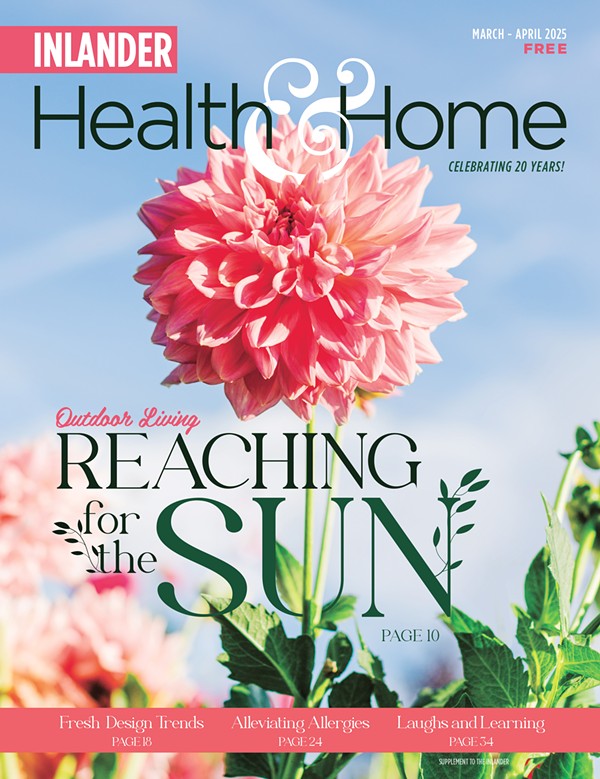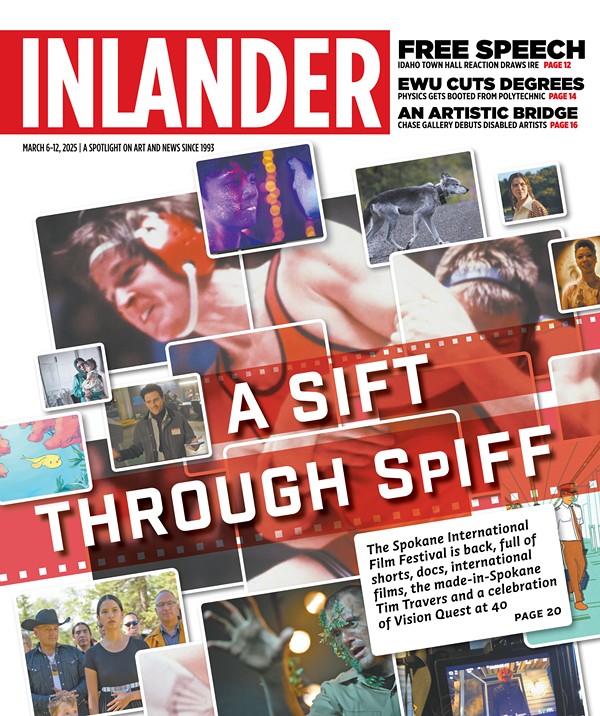CD Review
[
{
"name": "Broadstreet - Instory",
"component": "25846487",
"insertPoint": "4",
"requiredCountToDisplay": "4"
},{
"name": "Broadstreet - Empower Local",
"component": "27852456",
"insertPoint": "8",
"requiredCountToDisplay": "8"
},{
"name": "Broadstreet - Instory",
"component": "25846487",
"insertPoint": "12",
"requiredCountToDisplay": "12"
},{
"name": "Broadstreet - Instory - 728x90 / 970x250",
"component": "27852677",
"insertPoint": "18",
"requiredCountToDisplay": "18"
},{
"name": "Broadstreet - Instory",
"component": "25846487",
"insertPoint": "5th",
"startingPoint": "23",
"requiredCountToDisplay": "24",
"maxInsertions": 100
}
]
by Michael Bowen
Yoshimatsu is for the birds. His 1981 debut, Threnody to Toki (to be performed at the Met in January), lamented the loss of a rare Japanese bird. The composer's sixth Chandos CD contains two-thirds of his "Bird Trilogy": Chikap and The Age of Birds.
Yoshimatsu originally orchestrated Chikap for flutes and piccolos but rearranged it last year for mixed orchestra. His notes give a general impression: "Song not composed of (flowing) lines but of points. The birds call to one another. ... No chords, but 'harmonic clusters.'" Harp, wind chimes and celesta make appearances until, in the third section, strings surge, horns honk like geese and flutes scurry until the flock quiets down and just a solitary bird remains.
The Age of Birds, the only work here which has been previously recorded in its present form (Camerata, 1997), is a 20-minute piece in three movements marked "Sky," "Trees" and "The Sun." After the strings pulse and yearn, gongs sound, flute-birds flutter and grow discordant, then horns join in to convey the majesty of flight. Powerful and melodic, themes soar even as they're peppered with unusual accents: Even the xylophone and castanets make their appearances before one last jokey birdcall.
Centaurus Unit, a cello concerto, premiered last October in Japan, with Peter Dixon as soloist and Sachio Fujioka as conductor. (The title derives from Yoshimatsu's whimsy that the cellist and his instrument suggest a half-man, half-horse configuration. He likes his mythological creatures, too, having written a guitar concerto called Pegasus Effect and a concerto for bassoon called Unicorn Circuit.) Dedicated to Dixon, principal cellist of the BBC Philharmonic, Centaurus Unit opens with strings and a weird cry, repeated, with cymbals scraping. A jagged eight-note theme from the soloist is punctuated by a crash of reeds and elaboration of the cello's anger. After the xylophone joins a swirling horn theme, the cello returns and "moves forward randomly" in what the composer calls " a pastiche of marches, waltzes and elegies, all warped." (There are 16 different tempo markings for this one movement alone.) The second movement "begins Adagio with a dark passionate monologue played pizzicato in a manner that recalls the sound of the Japanese lute." The finale displays what have been called the "pointillist" orchestrations of the Elgar concerto -- without, of course, the earlier work's despair.
Yoshimatsu, after all, represents the "New Lyricism." He advocates for birds everywhere.
Publication date: 09/09/04
Yoshimatsu is for the birds. His 1981 debut, Threnody to Toki (to be performed at the Met in January), lamented the loss of a rare Japanese bird. The composer's sixth Chandos CD contains two-thirds of his "Bird Trilogy": Chikap and The Age of Birds.
Yoshimatsu originally orchestrated Chikap for flutes and piccolos but rearranged it last year for mixed orchestra. His notes give a general impression: "Song not composed of (flowing) lines but of points. The birds call to one another. ... No chords, but 'harmonic clusters.'" Harp, wind chimes and celesta make appearances until, in the third section, strings surge, horns honk like geese and flutes scurry until the flock quiets down and just a solitary bird remains.
The Age of Birds, the only work here which has been previously recorded in its present form (Camerata, 1997), is a 20-minute piece in three movements marked "Sky," "Trees" and "The Sun." After the strings pulse and yearn, gongs sound, flute-birds flutter and grow discordant, then horns join in to convey the majesty of flight. Powerful and melodic, themes soar even as they're peppered with unusual accents: Even the xylophone and castanets make their appearances before one last jokey birdcall.
Centaurus Unit, a cello concerto, premiered last October in Japan, with Peter Dixon as soloist and Sachio Fujioka as conductor. (The title derives from Yoshimatsu's whimsy that the cellist and his instrument suggest a half-man, half-horse configuration. He likes his mythological creatures, too, having written a guitar concerto called Pegasus Effect and a concerto for bassoon called Unicorn Circuit.) Dedicated to Dixon, principal cellist of the BBC Philharmonic, Centaurus Unit opens with strings and a weird cry, repeated, with cymbals scraping. A jagged eight-note theme from the soloist is punctuated by a crash of reeds and elaboration of the cello's anger. After the xylophone joins a swirling horn theme, the cello returns and "moves forward randomly" in what the composer calls " a pastiche of marches, waltzes and elegies, all warped." (There are 16 different tempo markings for this one movement alone.) The second movement "begins Adagio with a dark passionate monologue played pizzicato in a manner that recalls the sound of the Japanese lute." The finale displays what have been called the "pointillist" orchestrations of the Elgar concerto -- without, of course, the earlier work's despair.
Yoshimatsu, after all, represents the "New Lyricism." He advocates for birds everywhere.
Publication date: 09/09/04















